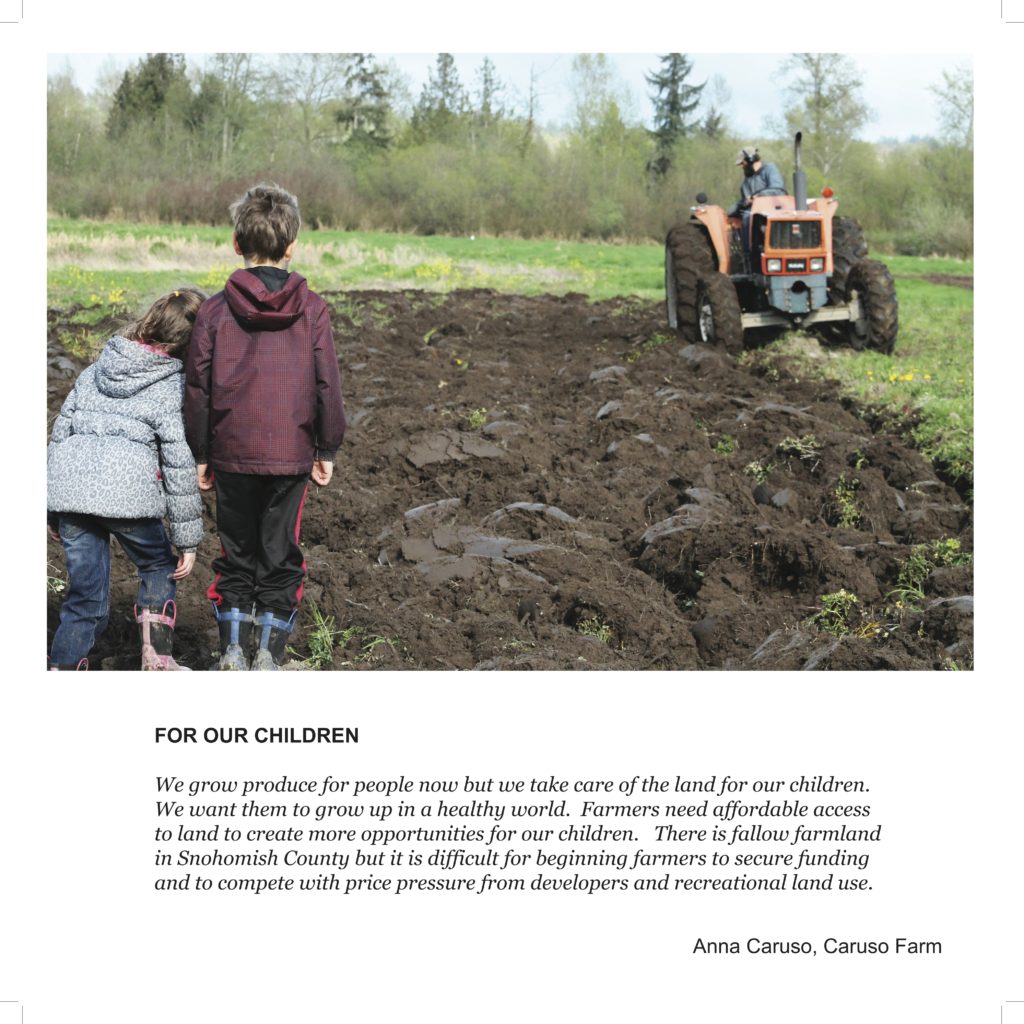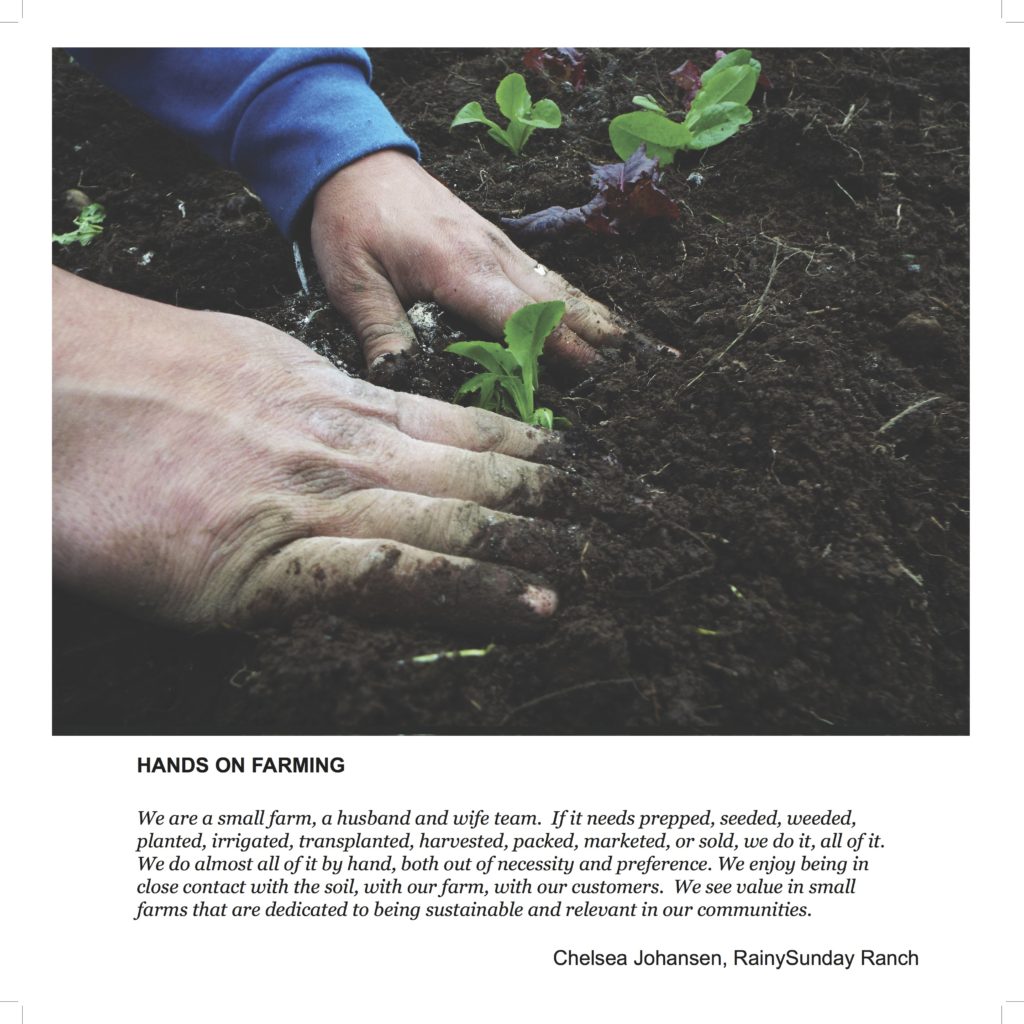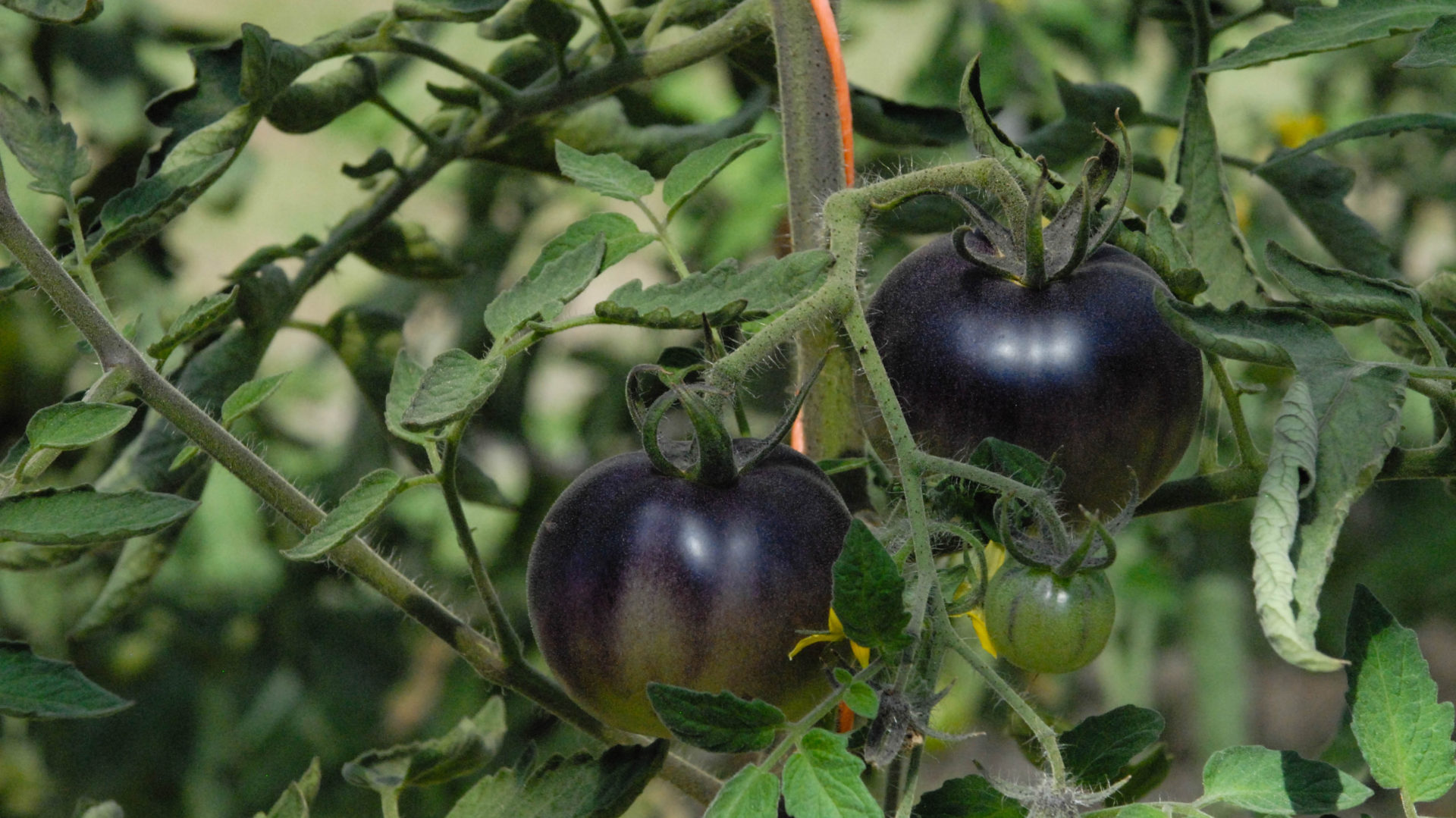We thank Cindy Dittbrenner with the Snohomish Conservation District for this update on the Sustainable Land Strategy.
In the fertile soils of the Snohomish and Stillaguamish River floodplains, farmers cultivate a variety of locally grown agricultural products. Farming here is largely dependent on a system of dikes, levees and drainage structures in order to maintain viability. Farms provide our communities with local food, flood storage, and many economic benefits. With salmon populations suffering, salmon recovery advocates have been striving to restore estuary and floodplain habitat that has been altered by this infrastructure. Can we collectively develop a plan for our floodplains that supports both fish and farms? In 2010, the Sustainable Lands Strategy (SLS) was created to tackle this challenge. Since its inception, the members representing local tribes, agencies, organizations, and farmers have been working to develop a multi-benefit approach to the floodplains within Snohomish County. SLS Executive Committee members include the Tulalip Tribes, Snohomish Conservation District, Ducks Unlimited, and three local farmers.
SLS members realized early on that a key component to achieving this goal is to work with the agricultural community to represent their needs. To do this, the Snohomish Conservation District took on the challenge of developing an Agricultural Resilience Plan to assess current infrastructure needs and to research the impact of predicted changes in flooding, groundwater levels, sea level rise, land subsidence, weather patterns, and water availability on farming. A Steering Committee of local farmers is guiding this effort and is currently in the process of assessing this collected data, reaching out to local farmers and diking/drainage districts, and working with farmers to determine agricultural priorities in the County.
In 2018, the flooding tool was completed and now allows farmers to see predicted flood depth for the 2-, 10-, 25- and 100-year flood events out to the years 2050 and 2080. To get quarterly email updates on new tools and information as it becomes available, visit our website and sign up for the program’s e-newsletter (right side of page).
As part of the Agriculture Resilience Plan, the Snohomish Conservation District is nearly finished creating a series of fact-sheets that describe practices you can implement on your farm to become more resilient to predicted climate changes. These include water storage, soil health, flood protection, and pest management techniques that protect against predicted droughts and flooding. Again, if you are interested in learning more sign up for the e-newsletter so you are the first to see these when they are released next month!
For more information, contact Cindy Dittbrenner, Snohomish Conservation District at cindy@snohomishcd.org or 425-377-7005.



